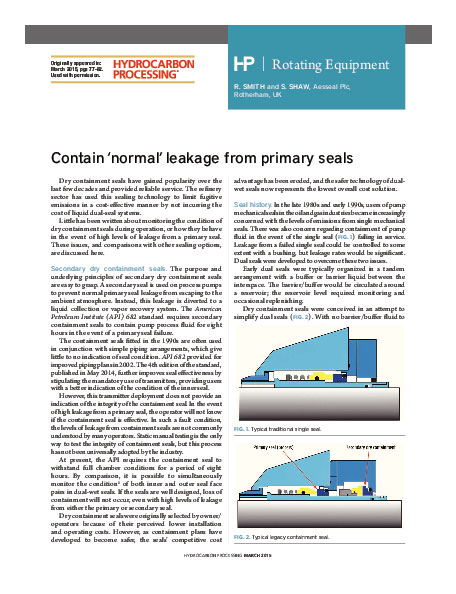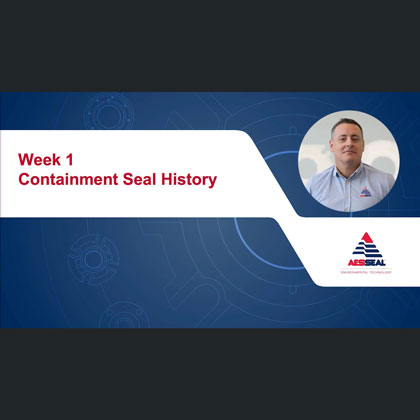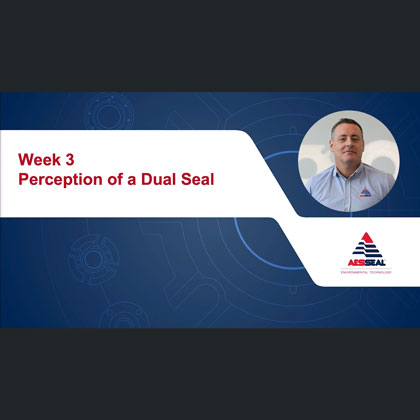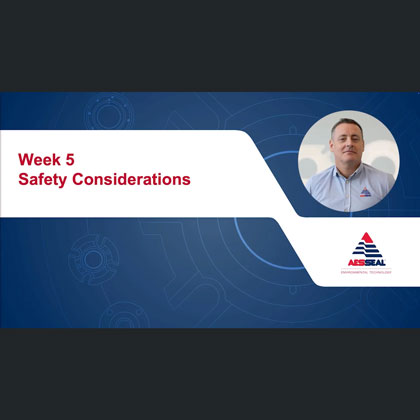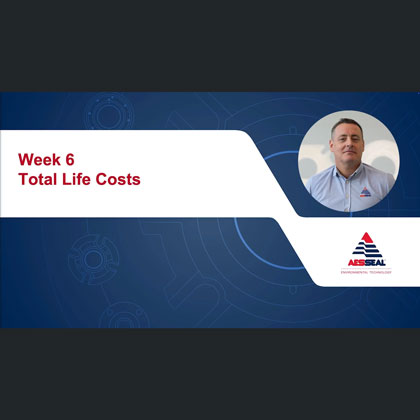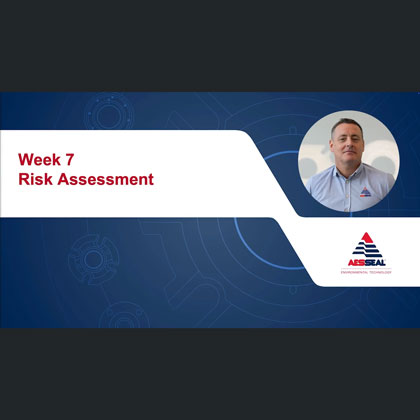Dry containment seals have gained popularity over the last few decades and provided reliable service. The refinery sector has used this sealing technology to limit fugitive emissions in a cost-effective manner by not incurring the cost of liquid dual-seal systems. Little has been written about monitoring the condition of dry containment seals during operation, or how they behave in the event of high levels of leakage from a primary seal. These issues, and comparisons with other sealing options, are discussed here.
